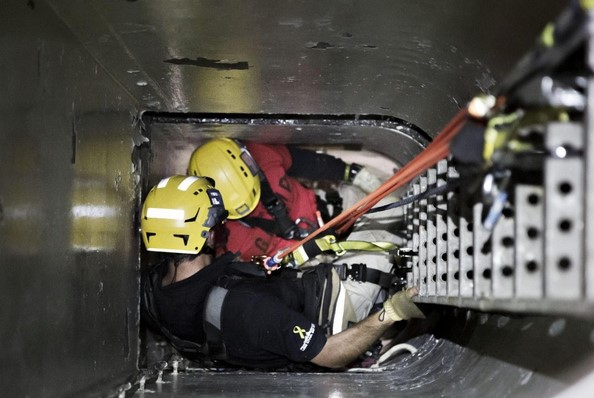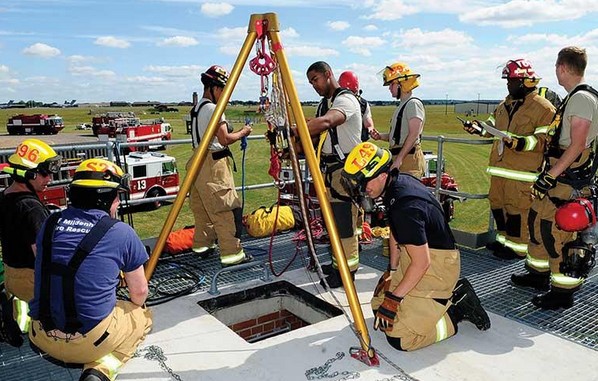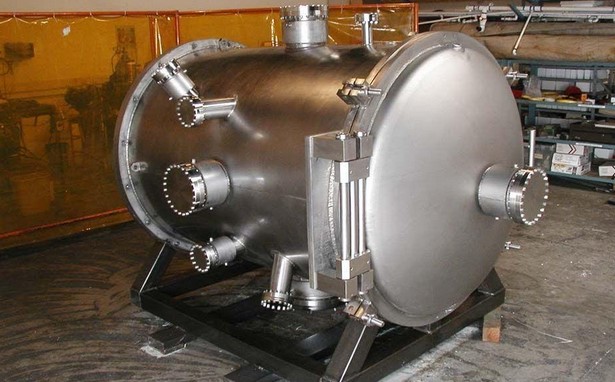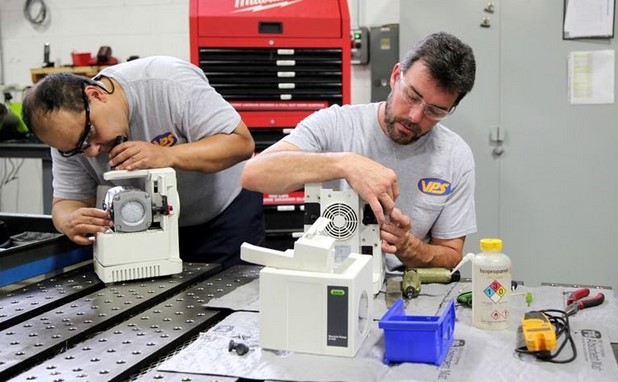Industrial automation is a rapidly growing field that is revolutionizing the way manufacturing is done. It is a technology that uses computers, robots, and other automated systems to control and monitor production processes. Industrial automation is becoming increasingly popular due to its ability to boost efficiency and safety in manufacturing. Automation can help reduce costs, increase productivity, and improve product quality. It can also help reduce the risk of human error and improve safety in the workplace. Automation is being used in a variety of industries, from automotive to food and beverage production. With its many benefits, industrial automation is becoming an essential part of modern manufacturing.
How Industrial Automation is Transforming the Manufacturing Industry
Industrial automation is revolutionizing the manufacturing industry, transforming the way products are produced and distributed. Automation is the use of technology to automate processes, such as production, packaging, and distribution. Automation has been used in the manufacturing industry for decades, but recent advances in technology have made it more efficient and cost-effective.
Automation has enabled manufacturers to increase production speed and accuracy while reducing labor costs. Automated systems can be programmed to perform repetitive tasks quickly and accurately, eliminating the need for manual labor. Automation also reduces the risk of human error, which can lead to costly mistakes. Automation also allows manufacturers to produce products faster and with greater precision, resulting in higher quality products.
Automation has also enabled manufacturers to reduce their environmental impact. Automated systems can be programmed to reduce energy consumption and waste, resulting in a more sustainable production process. Automation also allows manufacturers to reduce their reliance on manual labor, which can reduce the risk of workplace injuries and illnesses.
Finally, automation has enabled manufacturers to increase their efficiency and productivity. Automated systems can be programmed to monitor production processes and identify areas of improvement. This allows manufacturers to make adjustments quickly and efficiently, resulting in increased efficiency and productivity.
Industrial automation is transforming the manufacturing industry, making it more efficient, cost-effective, and sustainable. Automation has enabled manufacturers to increase production speed and accuracy while reducing labor costs and environmental impact. Automation has also enabled manufacturers to increase their efficiency and productivity, resulting in higher quality products and greater profitability.
Exploring the Benefits of Automation in Industrial Settings: Increased Efficiency and Safety
Automation in industrial settings has become increasingly popular in recent years, offering a range of benefits to businesses. Automation can help to increase efficiency and safety in the workplace, making it an attractive option for many businesses.
One of the primary benefits of automation in industrial settings is increased efficiency. Automation can help to streamline processes, reducing the amount of time and effort required to complete tasks. Automated systems can also help to reduce errors, as they are programmed to follow specific instructions and can be monitored to ensure accuracy. This can help to reduce costs associated with mistakes and can help to improve the overall quality of the product or service.
Automation can also help to improve safety in the workplace. Automated systems can help to reduce the risk of human error, as they are programmed to follow specific instructions and can be monitored to ensure accuracy. Automated systems can also help to reduce the risk of accidents, as they can be programmed to follow safety protocols and can be monitored to ensure that they are being followed. Automated systems can also help to reduce the risk of injury, as they can be programmed to follow safety protocols and can be monitored to ensure that they are being followed.
Overall, automation in industrial settings can offer a range of benefits, including increased efficiency and safety. Automation can help to streamline processes, reduce errors, and improve safety in the workplace. Automation can also help to reduce costs associated with mistakes and can help to improve the overall quality of the product or service. Automation can be an attractive option for many businesses, offering a range of benefits that can help to improve efficiency and safety in the workplace.
Conclusion
Industrial automation has revolutionized the manufacturing industry, providing a safe and efficient way to produce goods. Automation has enabled manufacturers to reduce costs, increase productivity, and improve product quality. Automation has also improved safety in the workplace, reducing the risk of accidents and injuries. With the continued development of automation technology, manufacturers can look forward to even greater efficiency and safety in the future.



